How To Get Rid Of Ground Ivy For Good
Title: How to Get Rid of Ground Ivy for Good
Introduction:
Ground ivy, also known as creeping Charlie, is a common weed that can be difficult to get rid of. It has a creeping growth habit and can quickly spread to cover large areas. Ground ivy can also be invasive, choking out other plants in your garden.
If you're looking to get rid of ground ivy for good, there are a few different methods you can try. Some methods are more effective than others, and the best method for you will depend on the severity of the infestation and the size of the area you need to treat.
In this blog post, I will discuss some of the most effective methods for getting rid of ground ivy. I will also provide tips on how to prevent ground ivy from coming back in the future.
Main Content:
Method 1: Manual removal
Manual removal is the most effective way to get rid of ground ivy. This method involves digging up the entire plant, including the roots. Ground ivy roots can be deep, so it's important to dig as deeply as possible. Once you have dug up the plant, dispose of it in a trash bag or compost bin.
If the ground ivy infestation is small, you can manually remove the plants by hand. However, if the infestation is large, you may need to use a garden fork or shovel.
Method 2: Herbicides
Herbicides are chemicals that can kill weeds. There are a number of different herbicides that can be used to kill ground ivy. Some herbicides are available over-the-counter, while others require a prescription from a licensed pesticide applicator.
When choosing a herbicide, it's important to select one that is labeled for use on ground ivy. You should also read and follow the label instructions carefully.
Herbicides can be applied to ground ivy in a number of ways. You can spray the herbicide directly on the leaves, or you can apply it to the soil around the plant.
Method 3: Natural remedies
There are a number of natural remedies that can be used to kill ground ivy. Some natural remedies include:
- White vinegar: White vinegar can be mixed with water and sprayed on ground ivy leaves. The vinegar will kill the leaves, and the plant will eventually die.
- Boiling water: Boiling water can be poured directly on ground ivy plants. The hot water will kill the leaves and roots, and the plant will eventually die.
- Salt: Salt can be sprinkled on ground ivy leaves. The salt will dehydrate the leaves and kill the plant.
Prevention
Once you have gotten rid of ground ivy, it's important to take steps to prevent it from coming back. Some tips for preventing ground ivy include:
- Keep your lawn healthy: A healthy lawn will be less susceptible to weed infestations. Make sure to fertilize your lawn regularly and water it deeply and infrequently.
- Trim back tree branches: Ground ivy can grow in the shade of tree branches. Trim back any tree branches that are casting shade on your lawn.
- Rake up leaves: Ground ivy can germinate in fallen leaves. Rake up leaves regularly to remove any potential sources of ground ivy growth.
Conclusion
Getting rid of ground ivy can be a challenge, but it is possible. By using one or more of the methods discussed in this blog post, you can get rid of ground ivy for good and prevent it from coming back.
visit Home Gardening
FAQ of ground ivy
- What is ground ivy?
- Ground ivy, also known as creeping charlie, is a common weed that is found in many parts of the world. It is a perennial plant that has small, round leaves and blue or purple flowers. Ground ivy can be invasive and difficult to control, but it is not harmful to humans or animals.
- How do you identify ground ivy?
- Ground ivy can be identified by its small, round leaves and blue or purple flowers. The leaves are typically scalloped or bluntly toothed, and they have a slightly minty odor when crushed. Ground ivy often forms loose mats, and it can spread quickly by its underground runners.
- Is ground ivy edible?
- Yes, ground ivy is edible. The leaves and flowers can be eaten raw or cooked. Ground ivy has a mild, minty flavor and it can be used in salads, soups, and other dishes.
- How do you get rid of ground ivy?
- There are a number of ways to get rid of ground ivy. Some common methods include:
- Hand pulling: Ground ivy can be pulled by hand, but it is important to get the entire root system out of the ground, or it will likely grow back.
- Hoeing: Ground ivy can be hoed, but it is important to hoe deeply enough to remove the entire root system.
- Mulching: Mulching around plants with ground ivy can help to prevent it from spreading.
- Herbicides: There are a number of herbicides that can be used to kill ground ivy. However, it is important to use herbicides carefully and according to the label instructions.
- There are a number of ways to get rid of ground ivy. Some common methods include:
- What are the benefits of ground ivy?
- Ground ivy has a number of potential benefits, including:
- It is a source of vitamins and minerals, including vitamin C, vitamin A, and potassium.
- It has anti-inflammatory and antioxidant properties.
- It has been used to treat a variety of health conditions, including coughs, colds, and wounds.
- Ground ivy has a number of potential benefits, including:
- Is ground ivy poisonous?
- No, ground ivy is not poisonous. However, it can cause allergic reactions in some people. If you experience any allergic symptoms after coming into contact with ground ivy, such as hives, swelling, or difficulty breathing, seek medical attention immediately.
Image of ground ivy
- Ground ivy in a garden. This image shows a patch of ground ivy growing in a garden. The ground ivy has small, heart-shaped leaves and blue flowers.
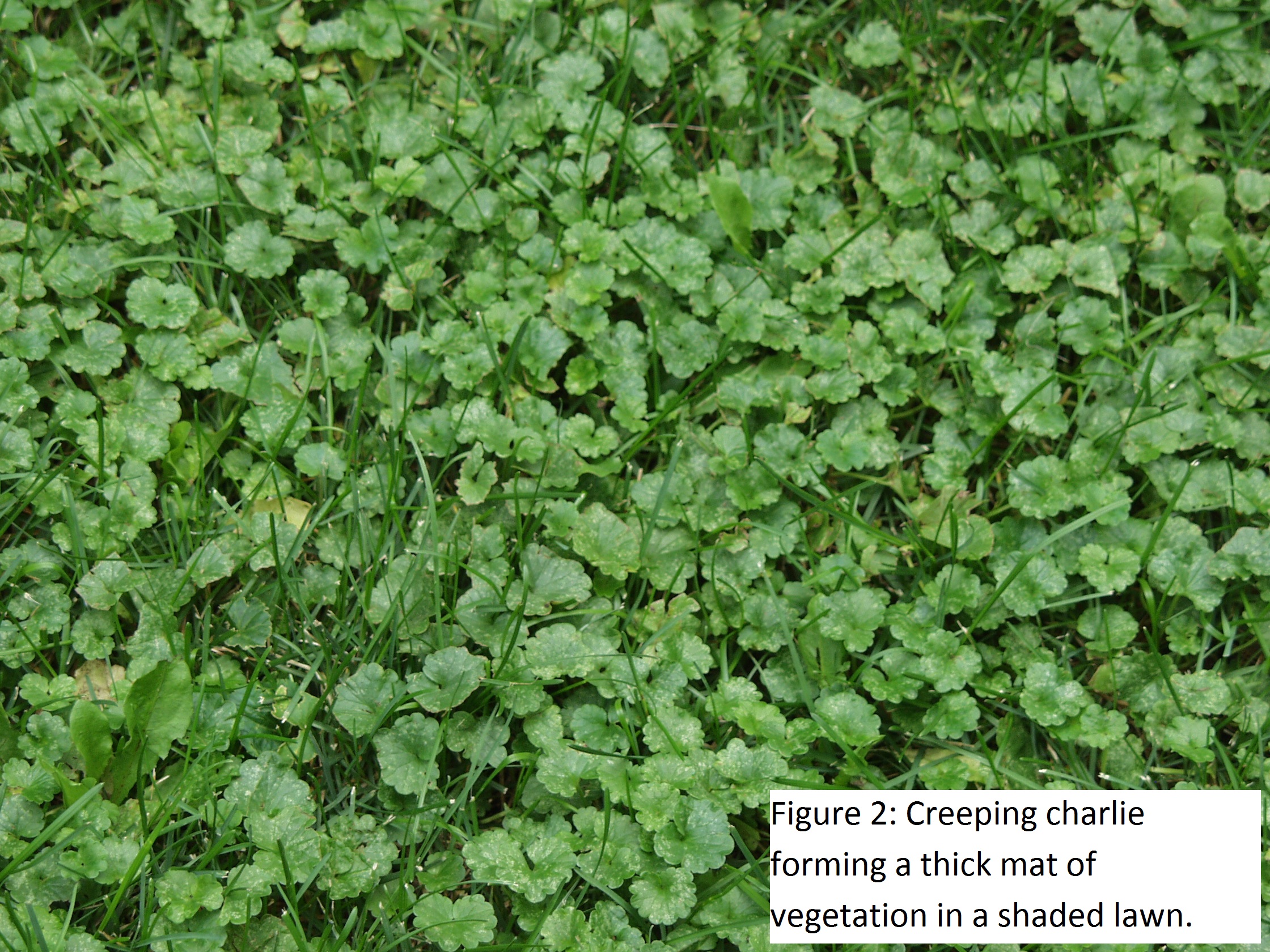
- Close-up of ground ivy leaves. This image shows a close-up of the leaves of ground ivy. The leaves are a deep green color and have a slightly hairy texture.
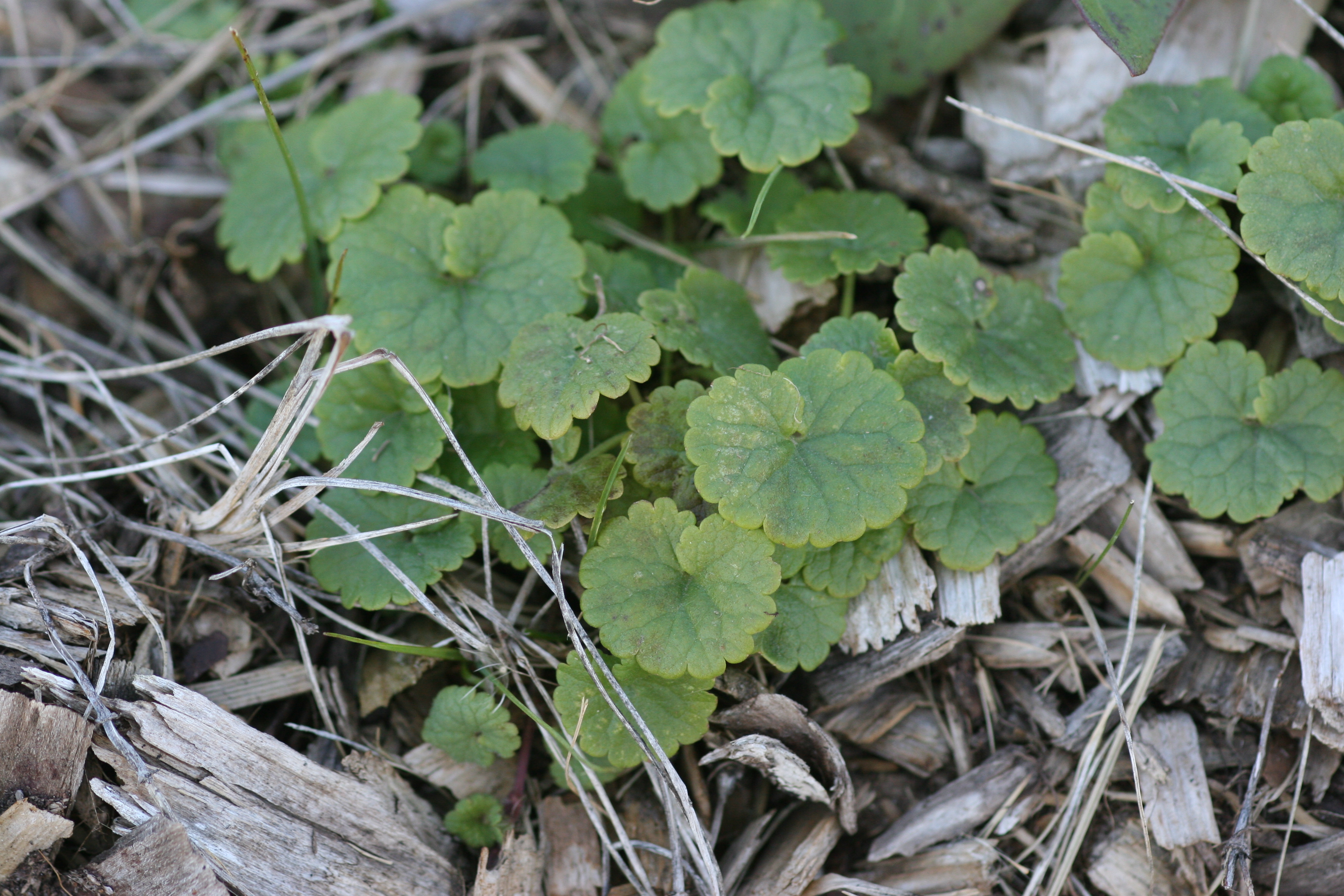
- Ground ivy flowers. This image shows a cluster of ground ivy flowers. The flowers are a light blue color and have a white center.
- Ground ivy growing on a rock. This image shows a patch of ground ivy growing on a rock. The ground ivy has spread out to cover the rock and is in full bloom.
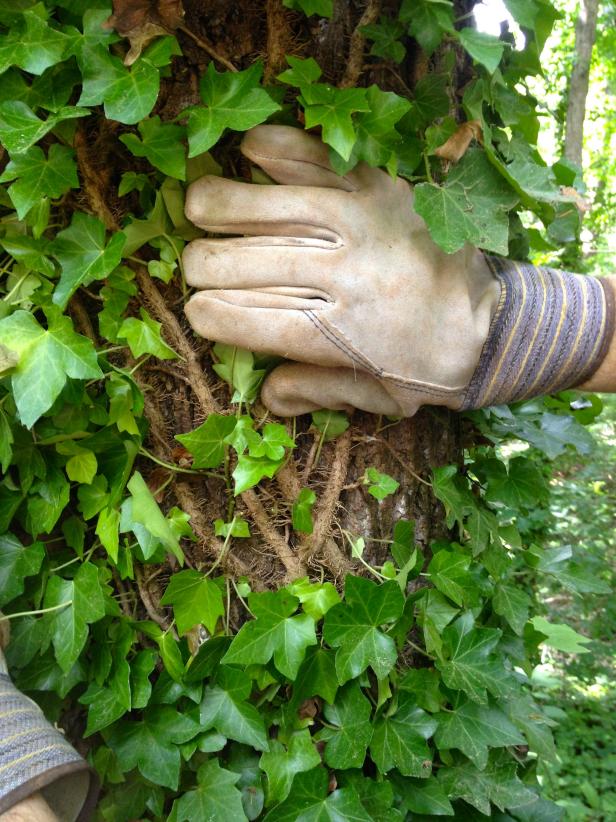
- Ground ivy in a forest. This image shows a patch of ground ivy growing in a forest. The ground ivy is in the foreground, with trees in the background.
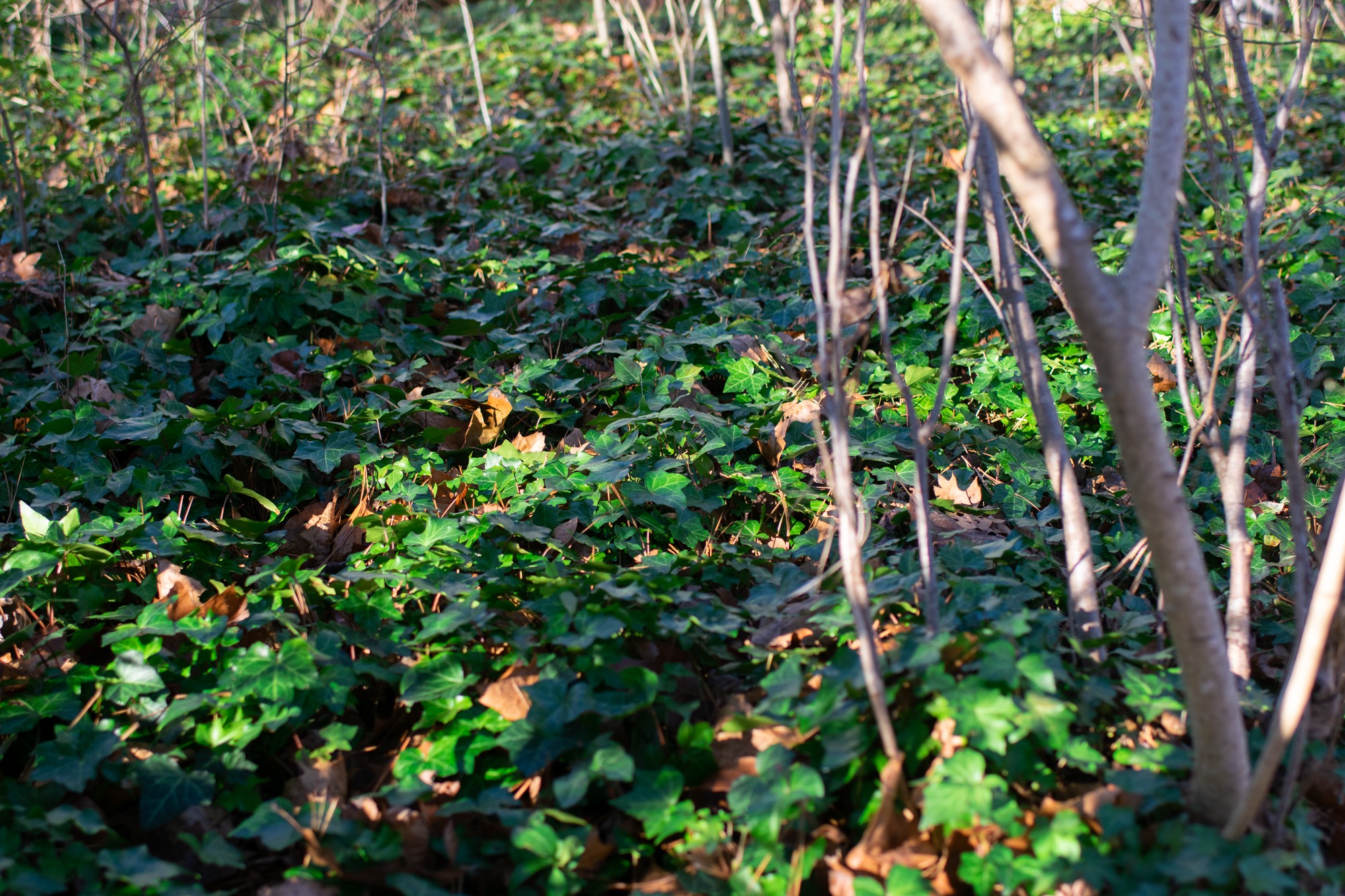
- Ground ivy in a meadow. This image shows a patch of ground ivy growing in a meadow. The ground ivy is in the foreground, with wildflowers in the background.

- Ground ivy in a pot. This image shows a pot of ground ivy. The ground ivy is in full bloom and is a beautiful addition to the pot.

- Ground ivy in a terrarium. This image shows a terrarium with ground ivy growing inside. The ground ivy is thriving in the terrarium and is a beautiful addition to the display.
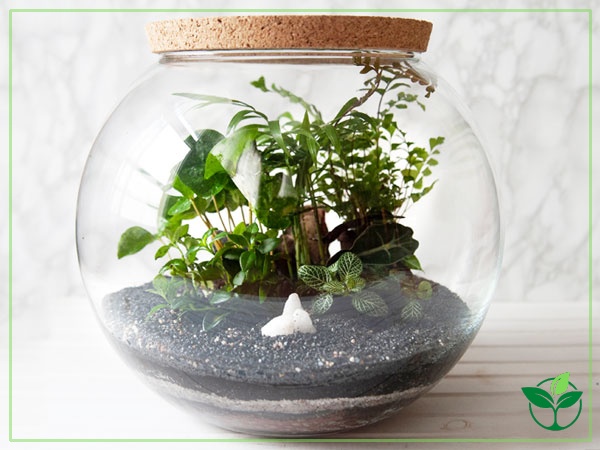
- Ground ivy used as a ground cover. This image shows ground ivy being used as a ground cover. The ground ivy has spread out to cover the ground and is a beautiful addition to the landscape.
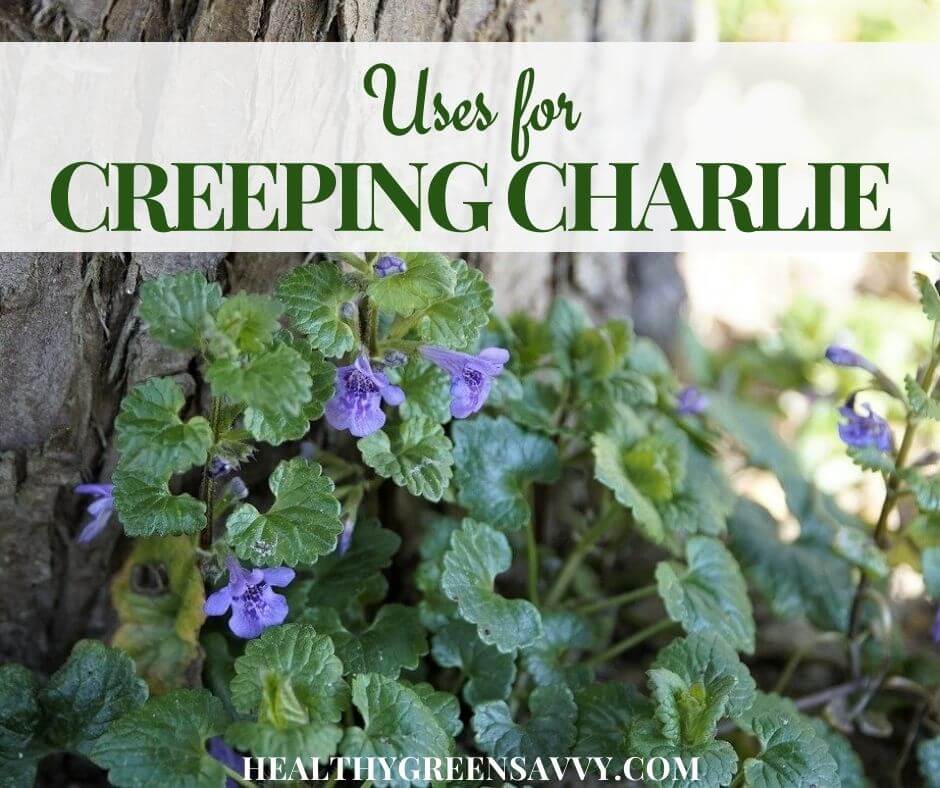
- Ground ivy used in a salad. This image shows ground ivy being used in a salad. The ground ivy has a peppery taste and is a delicious addition to the salad.

Post a Comment for "How To Get Rid Of Ground Ivy For Good"